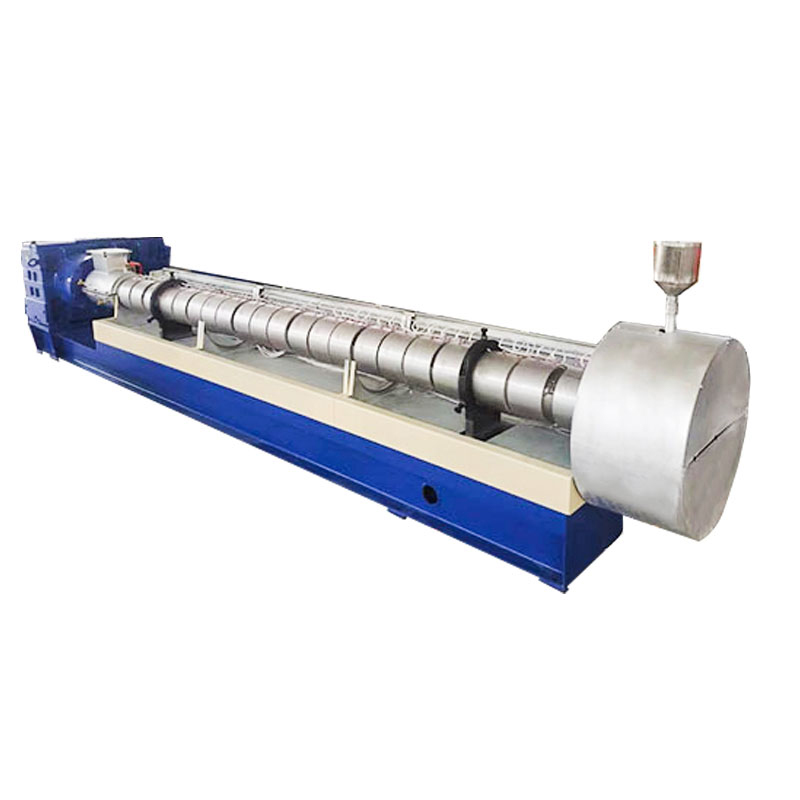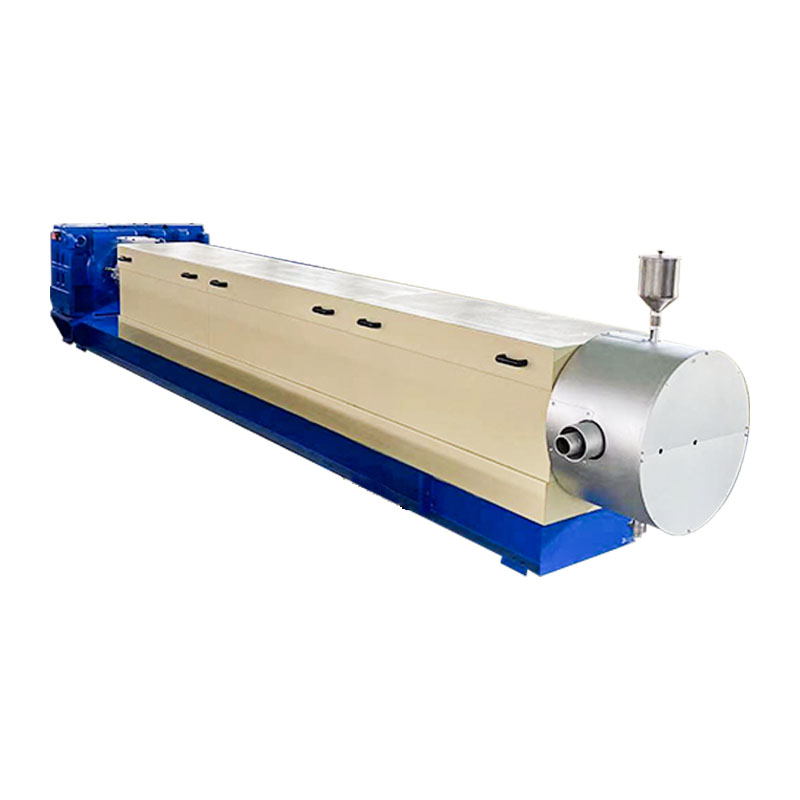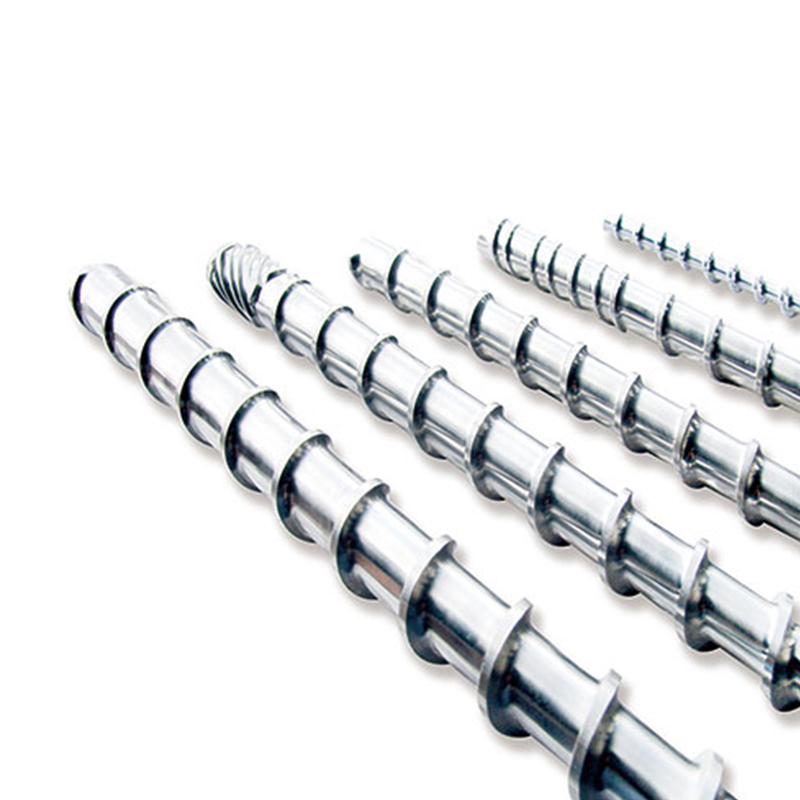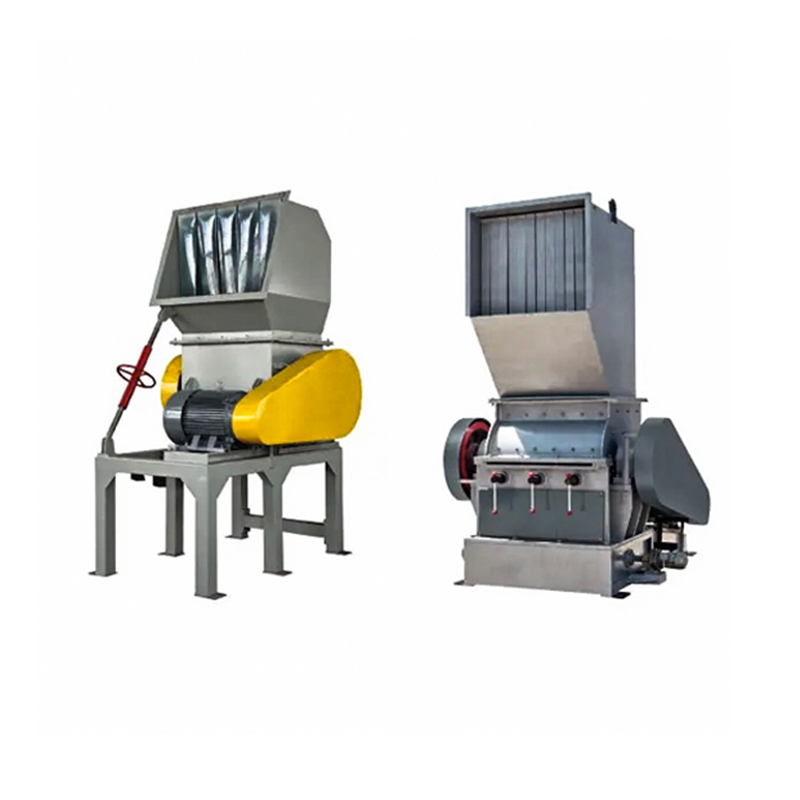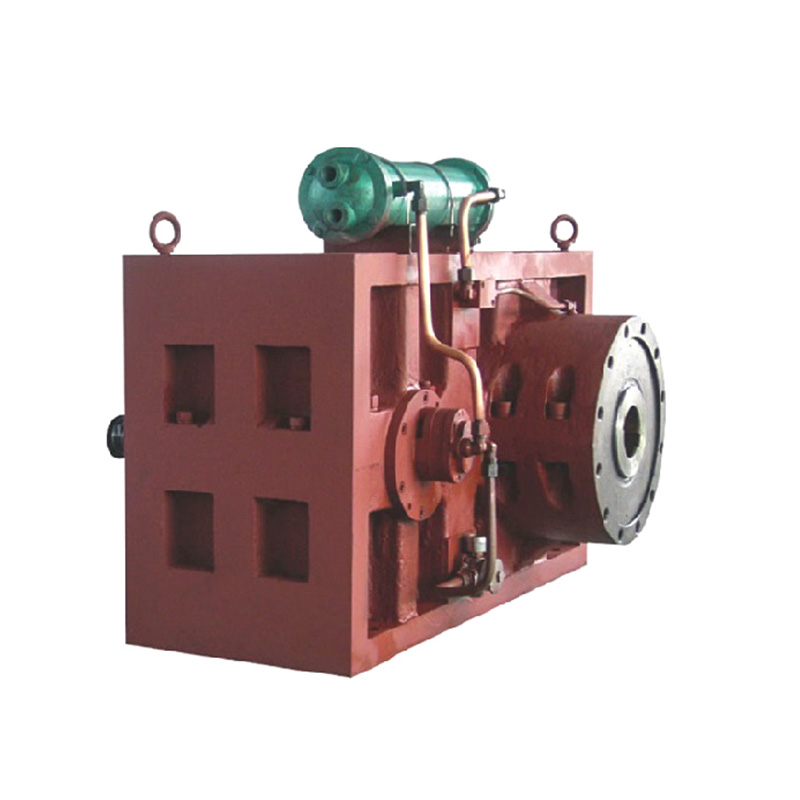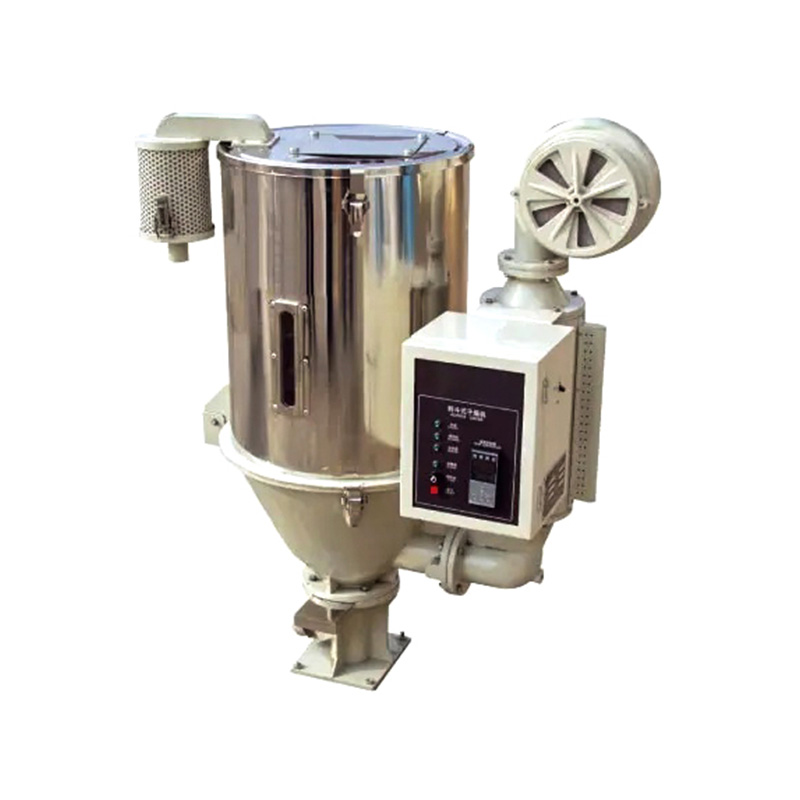The PP and PE plastic pelletizing machines play a crucial role in reducing plastic waste in the environment. Below are some ways they help reduce plastic waste:
Recycling and Reuse: PP and PE plastic pelletizing machines can convert discarded PP and PE plastics into reusable plastic pellets. These pellets can be used again to manufacture new plastic products, thus achieving plastic recycling and reducing the demand for new plastics, thereby lowering the environmental pressure.
Reduction in Landfilling and Incineration: Traditional methods of plastic waste disposal, such as landfilling and incineration, have negative environmental impacts. Landfilling consumes vast amounts of land, while incineration may produce harmful gases. By recycling and reusing through PP and PE plastic pelletizing machines, these plastic wastes can be diverted from landfills or incinerators, thus reducing their environmental impact.
Resource Conservation: Plastic pelletizing machines convert discarded plastics into recycled pellets, eliminating the need to extract new resources for plastic production. This helps conserve raw materials and energy, aligning with the principles of sustainability.
Pollution Reduction: Improperly disposed plastic waste can easily pollute the environment, including land and water sources. PP and PE plastic pelletizing machines reduce the quantity of plastic waste through recycling and reuse, thus lowering the risk of environmental pollution.
Economic Benefits: The operational costs of plastic pelletizing machines are relatively low, which can generate more economic benefits for businesses. This encourages more businesses and individuals to participate in plastic recycling and reuse efforts, further reducing plastic waste.
In summary, PP and PE plastic pelletizing machines contribute to reducing plastic waste in the environment through recycling and reuse, minimizing landfilling and incineration, conserving resources, reducing pollution, and creating economic benefits.

Web Menu
Product Search
Exit Menu
Industry News
Home / News / Industry News / How does a PP, PE plastic granulator help reduce plastic waste in the environment?
Product Categories
How does a PP, PE plastic granulator help reduce plastic waste in the environment?
Recommended Products
CONTACT US AND GET A QUOTE
PRIORITY TO LEARN ABOUT OUR NEW PRODUCTS
PRIORITY TO LEARN ABOUT OUR NEW PRODUCTS
CONTACT INFO
Copyright©2023 Zhejiang Dowell Machinery Co.,Ltd. All Rights Reserved. Plastic Extrusion Machinery Manufacturers Plastic Screw Barrel Suppliers


 عربى
عربى


